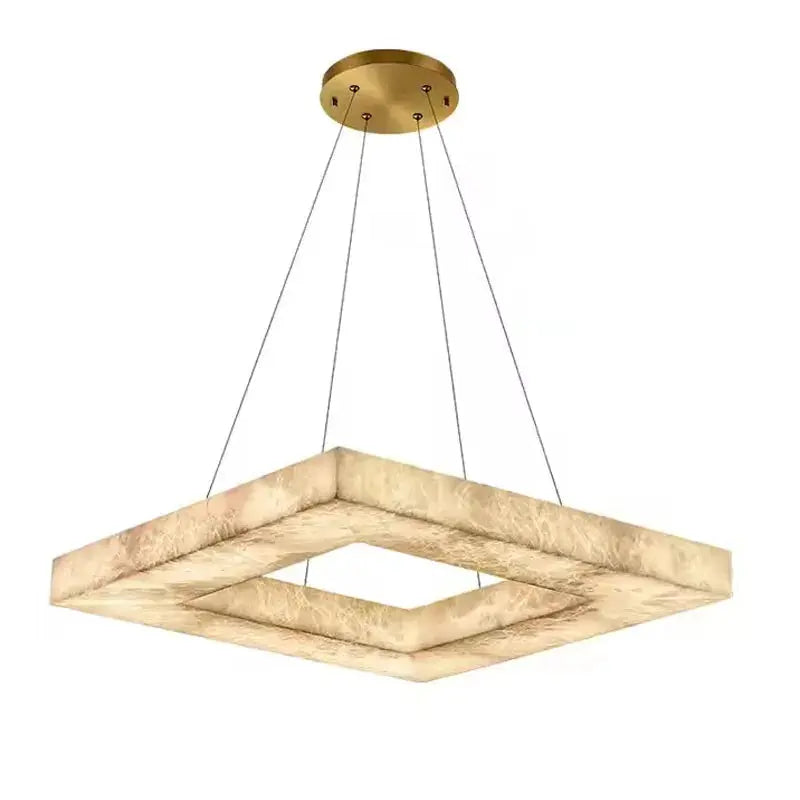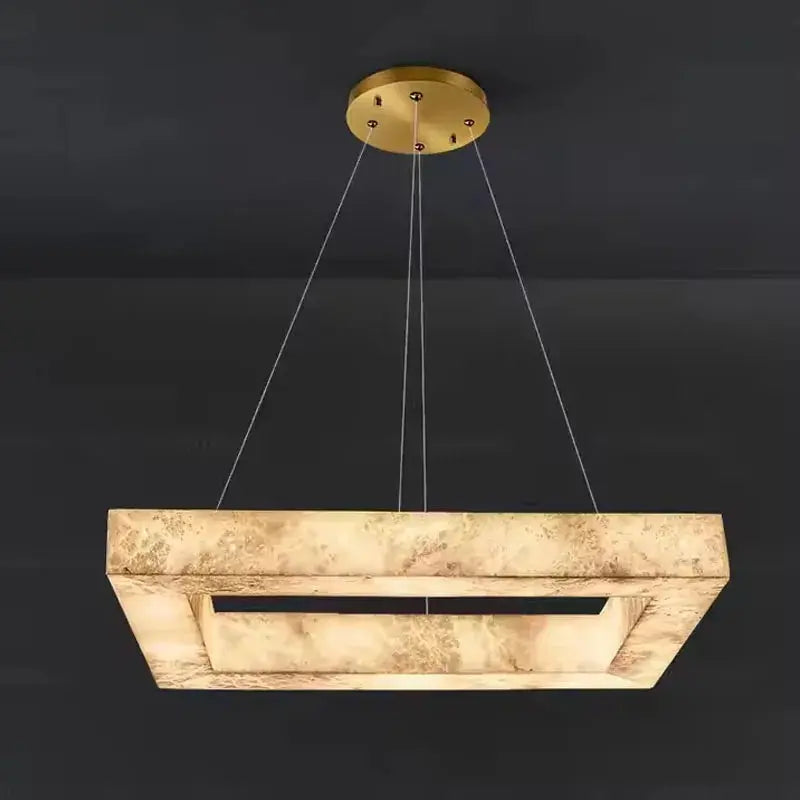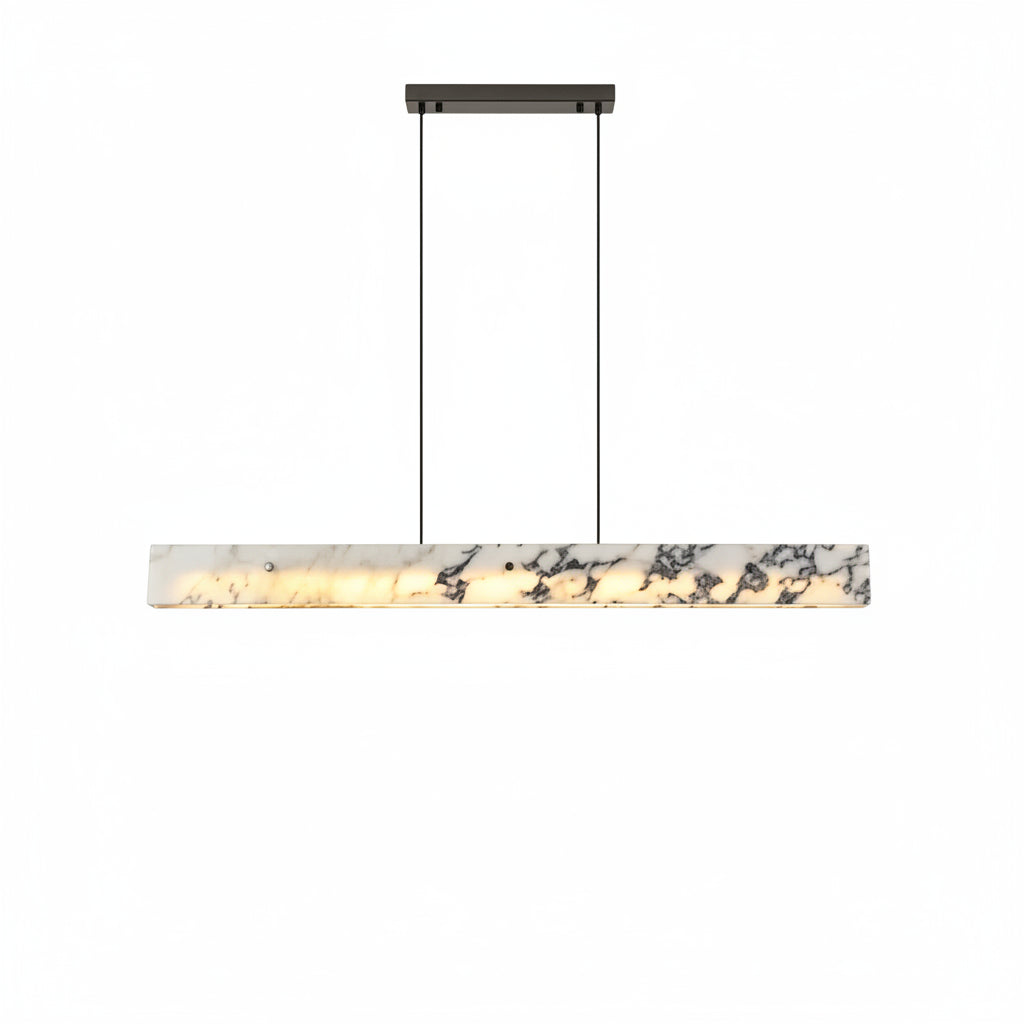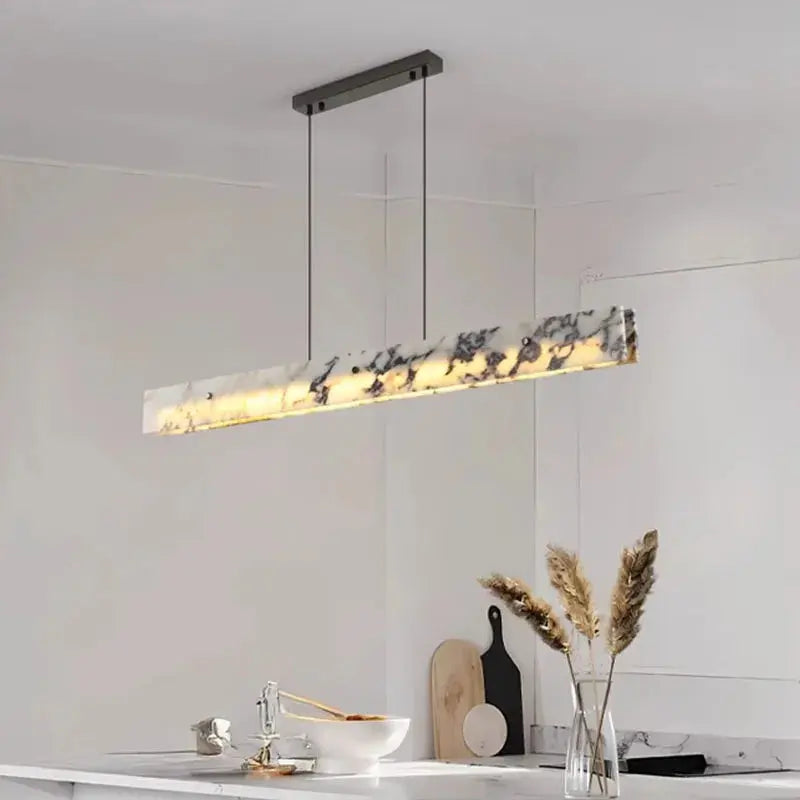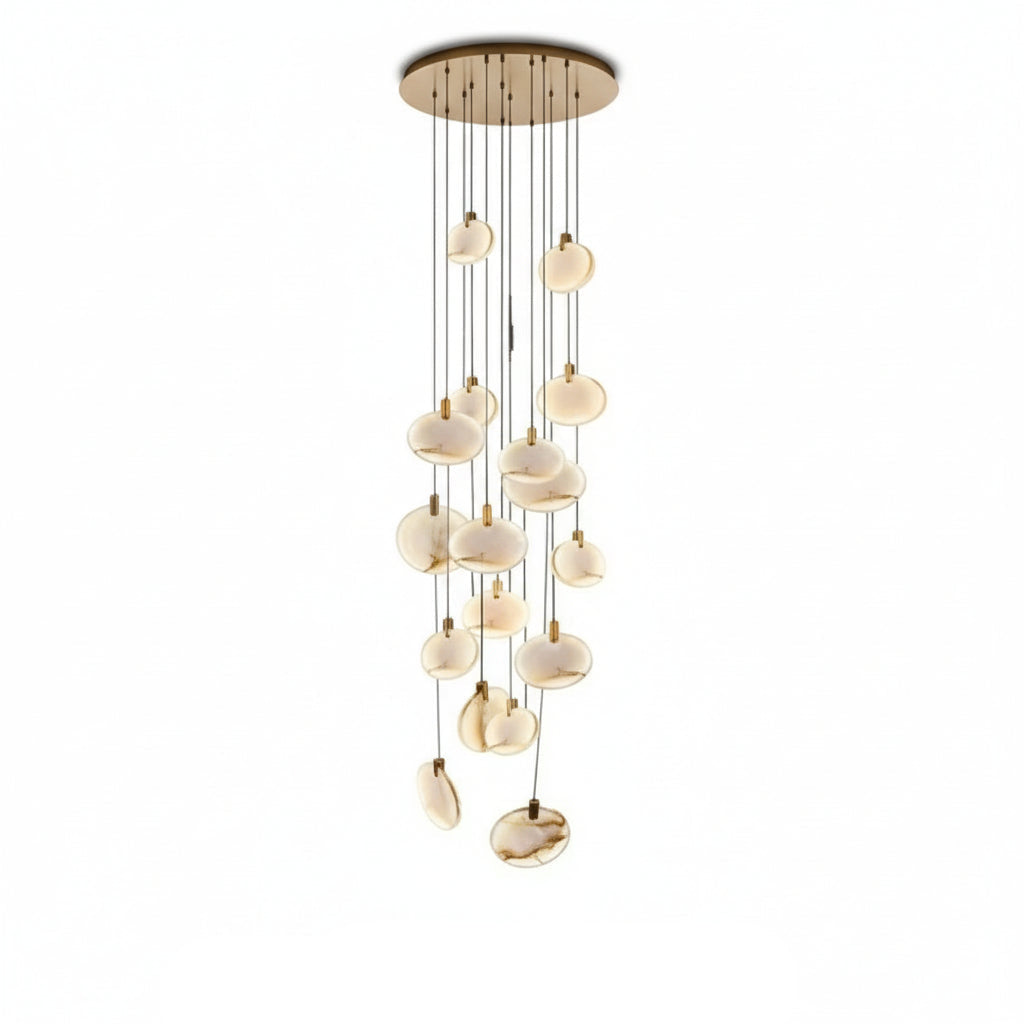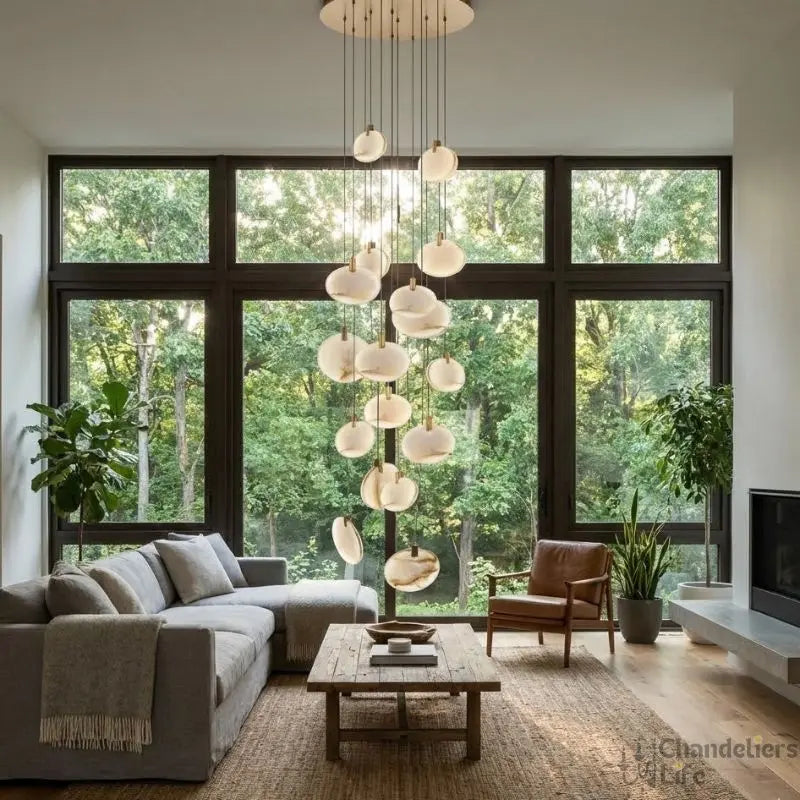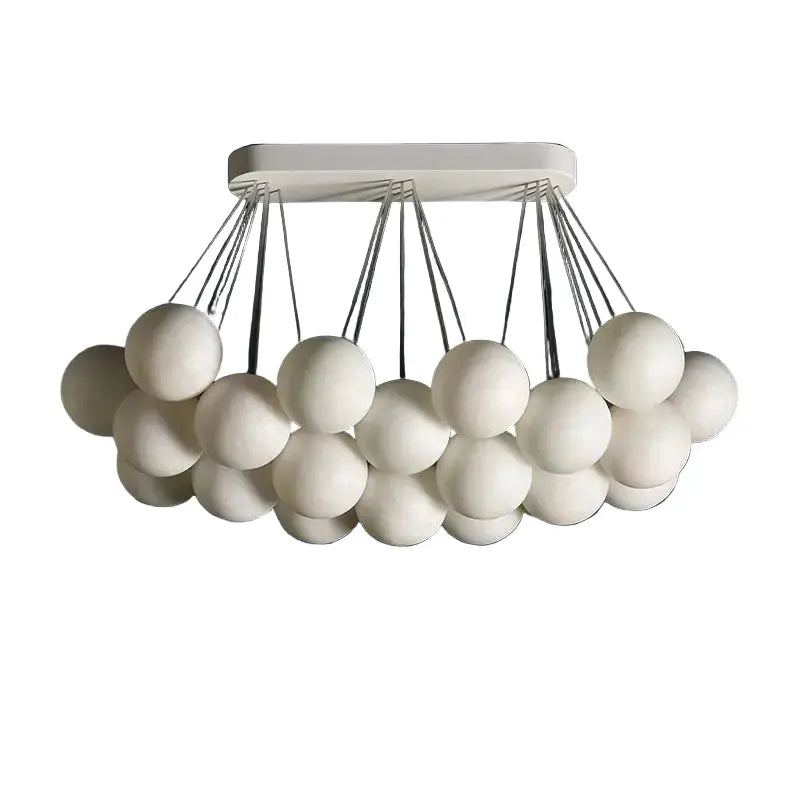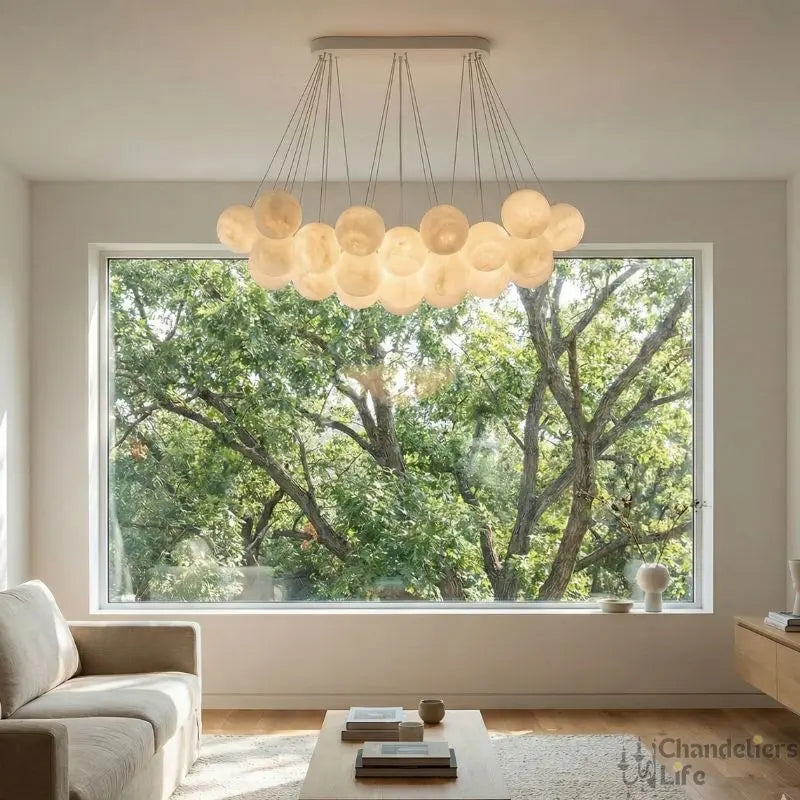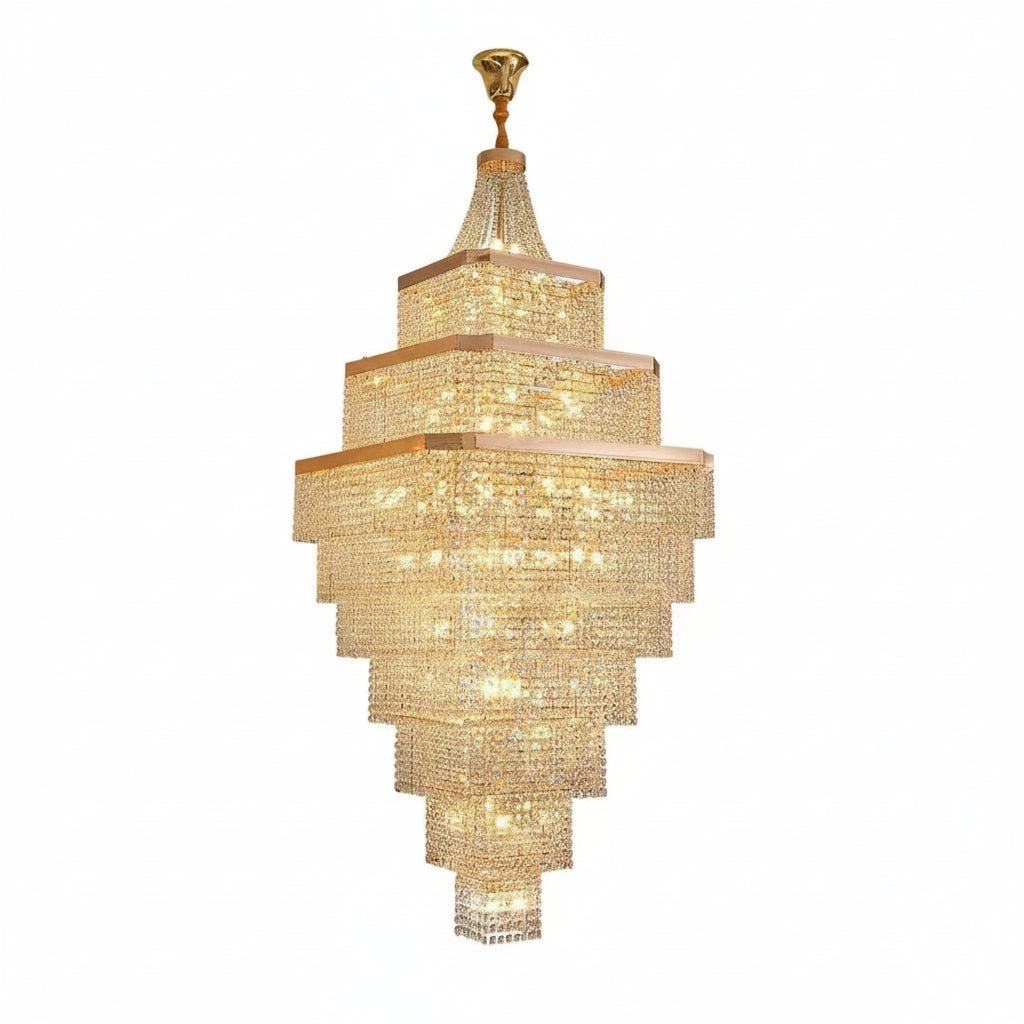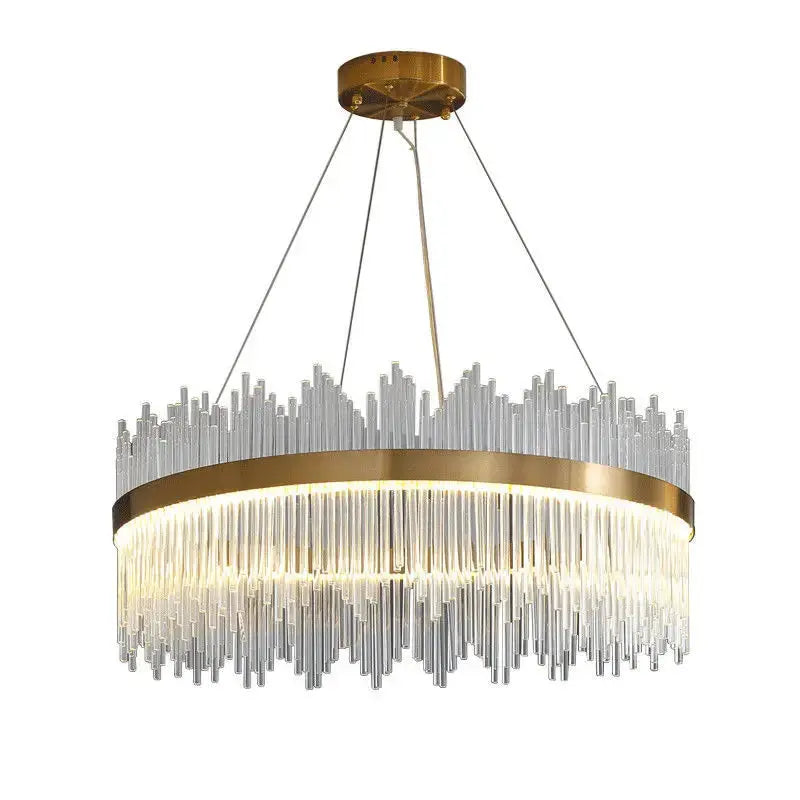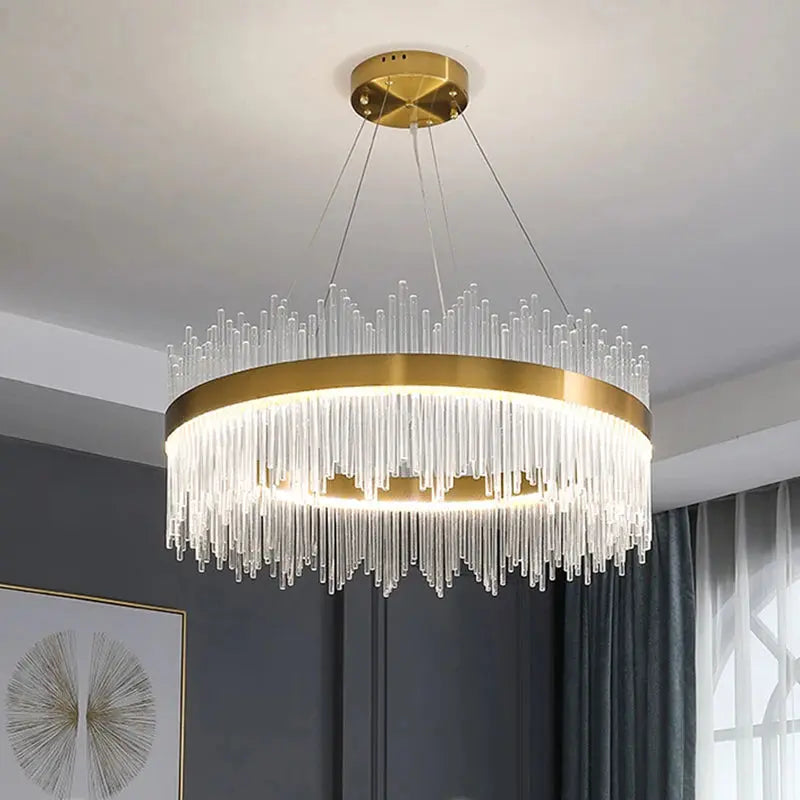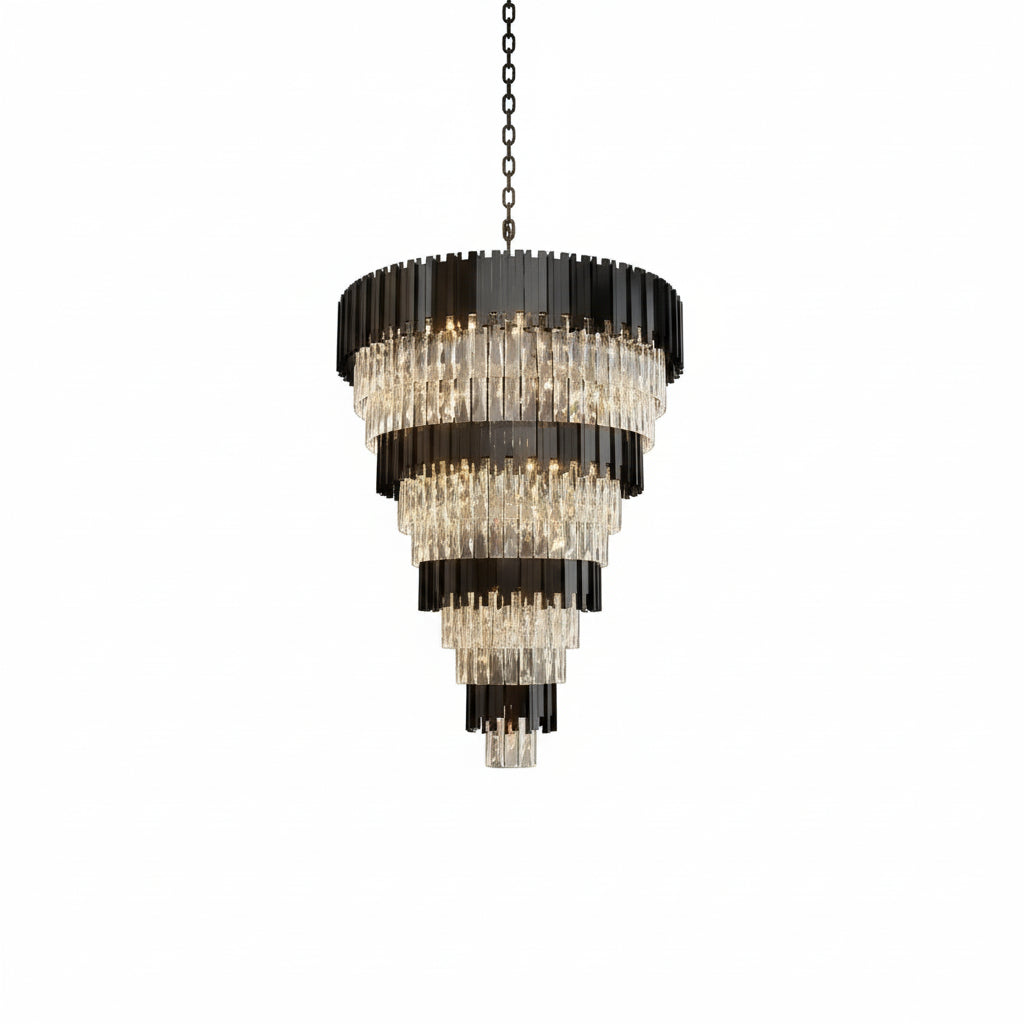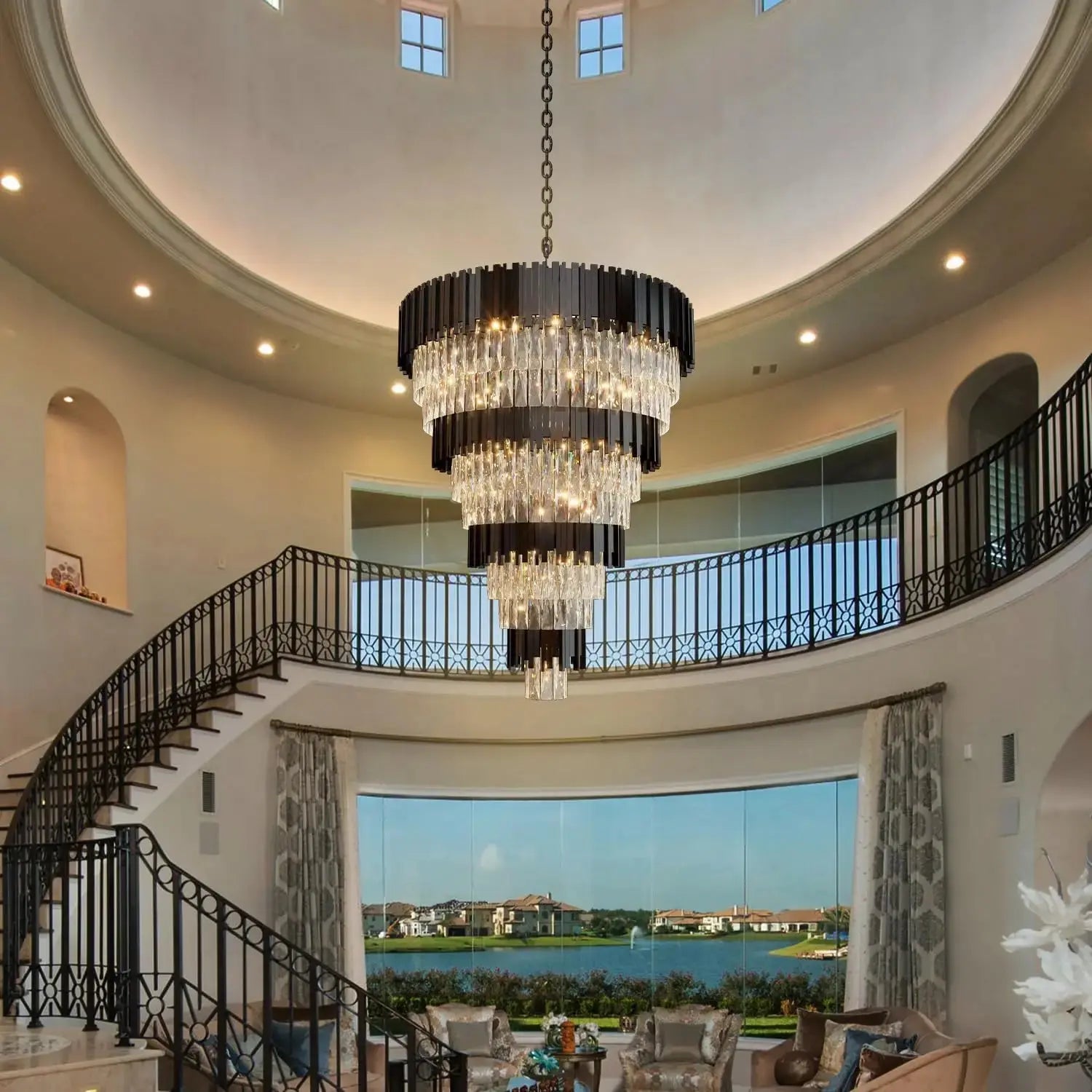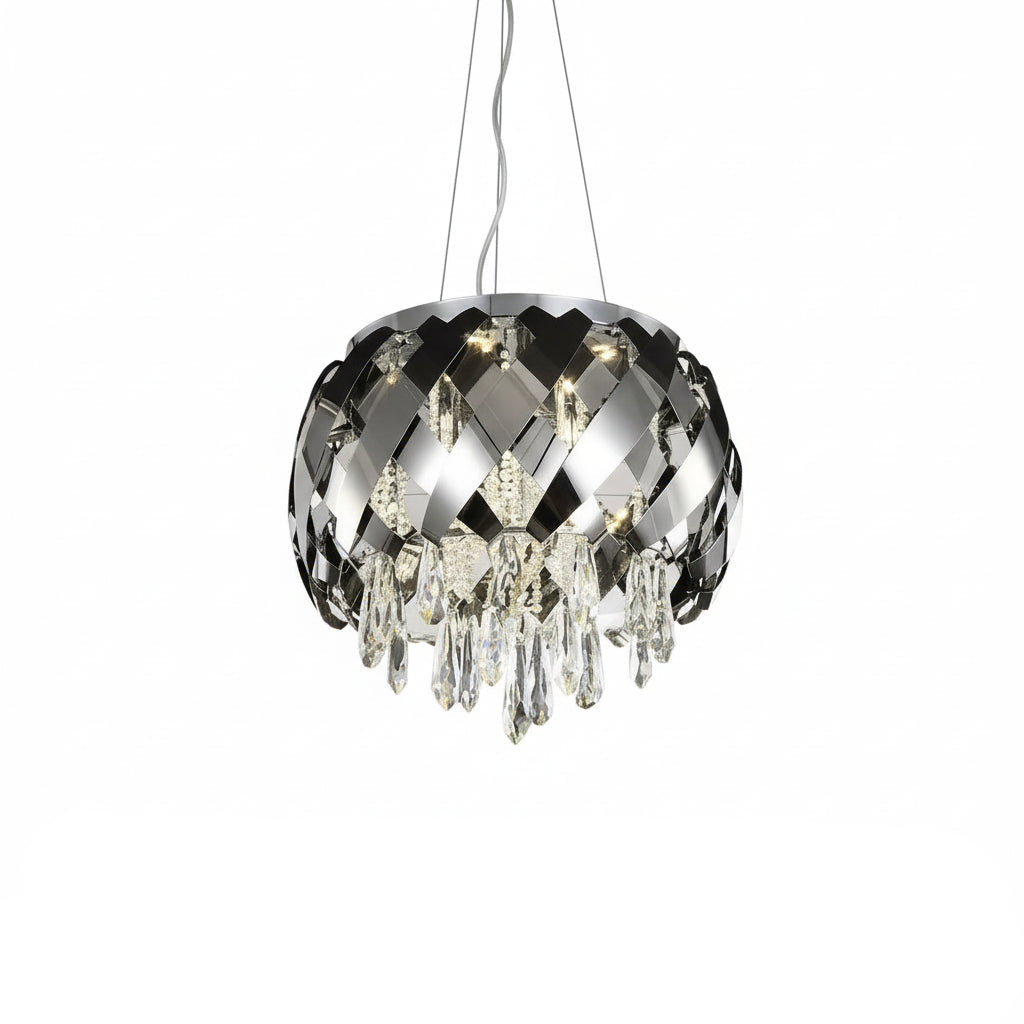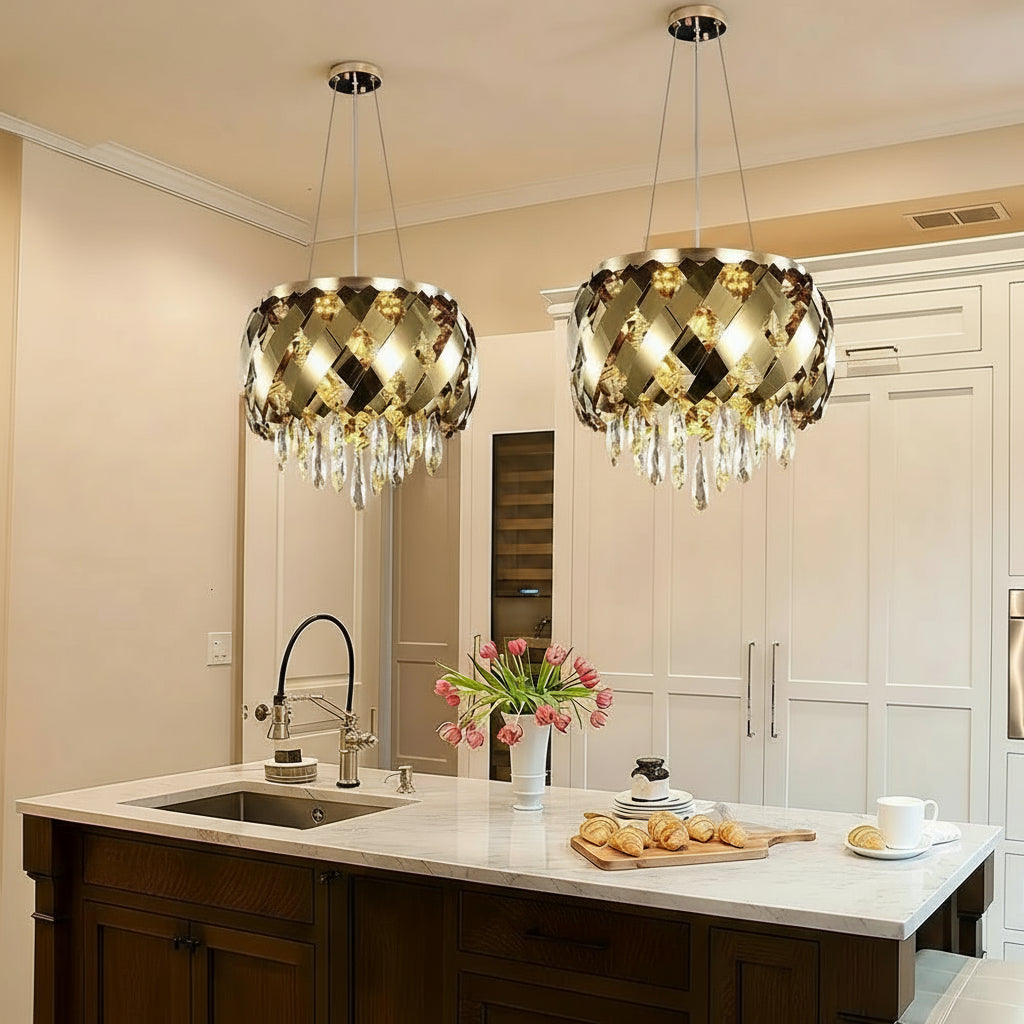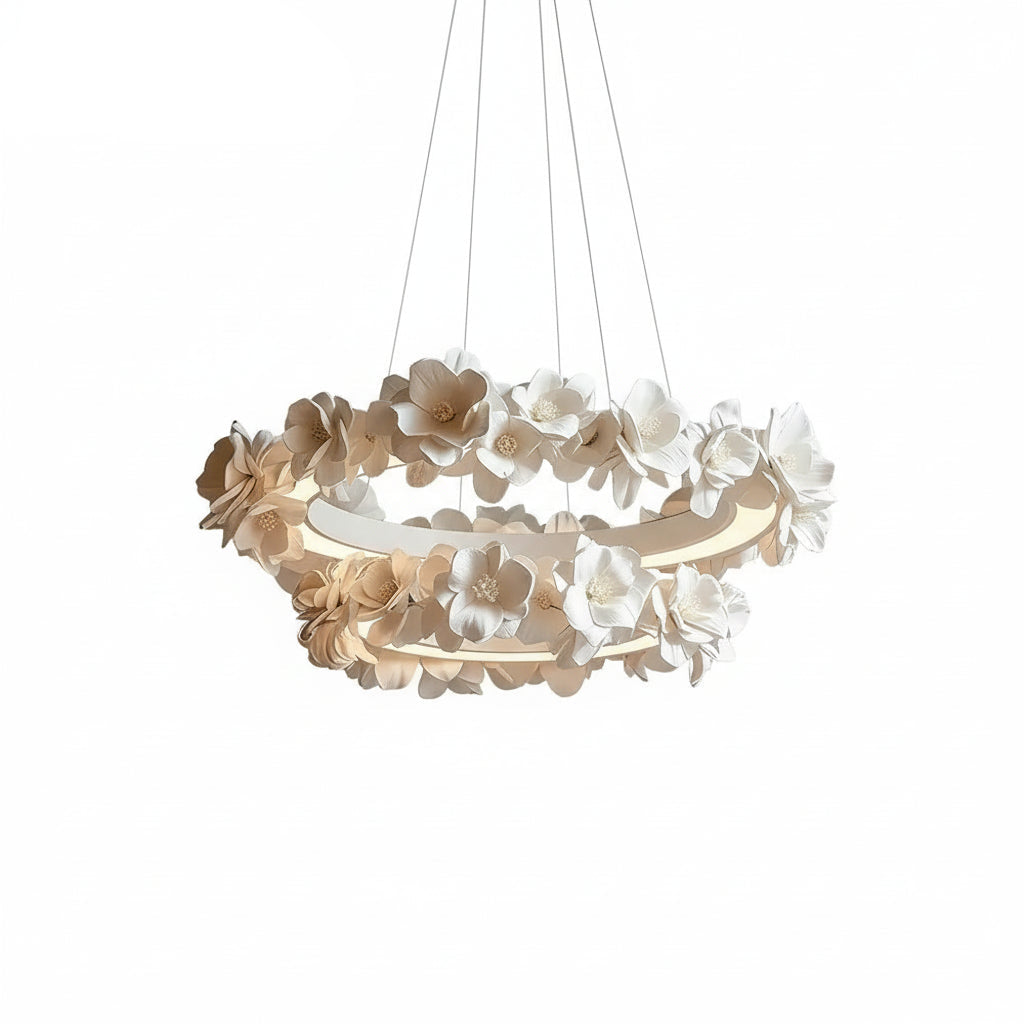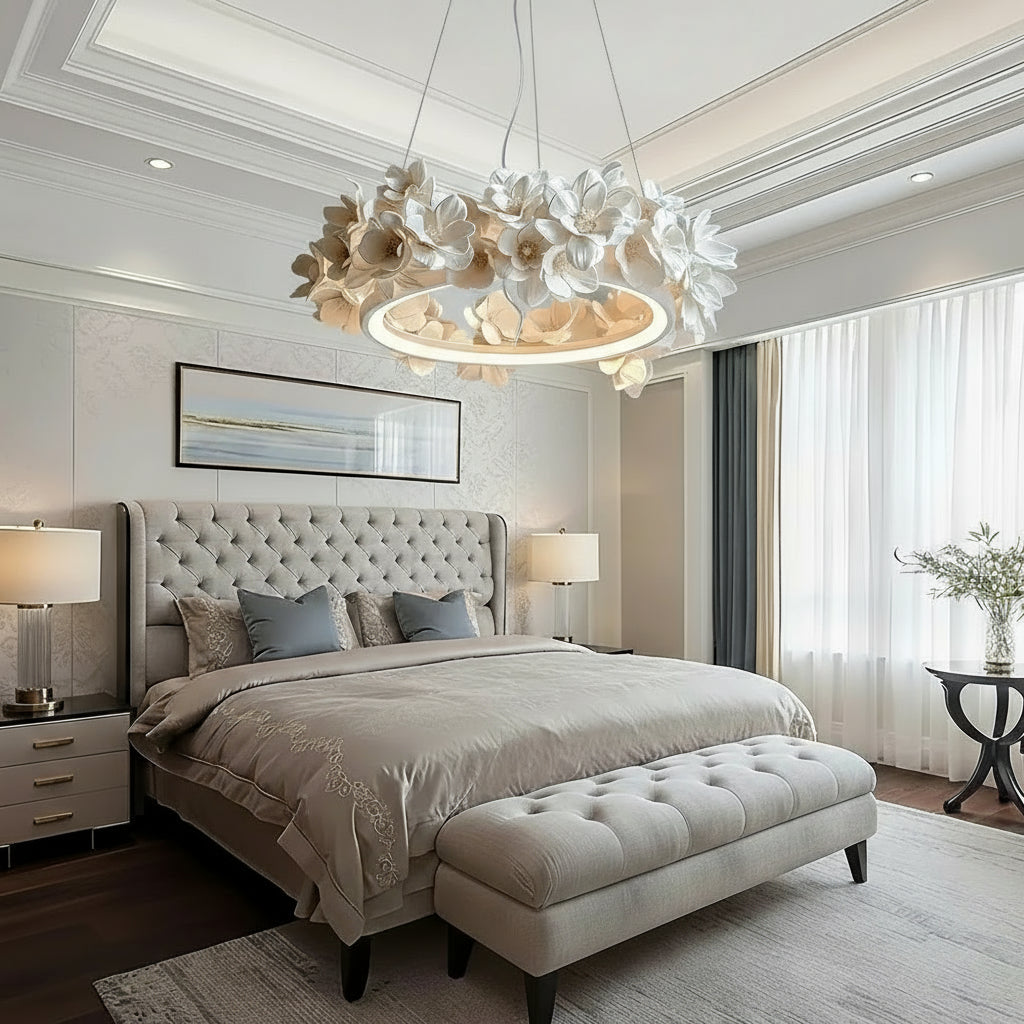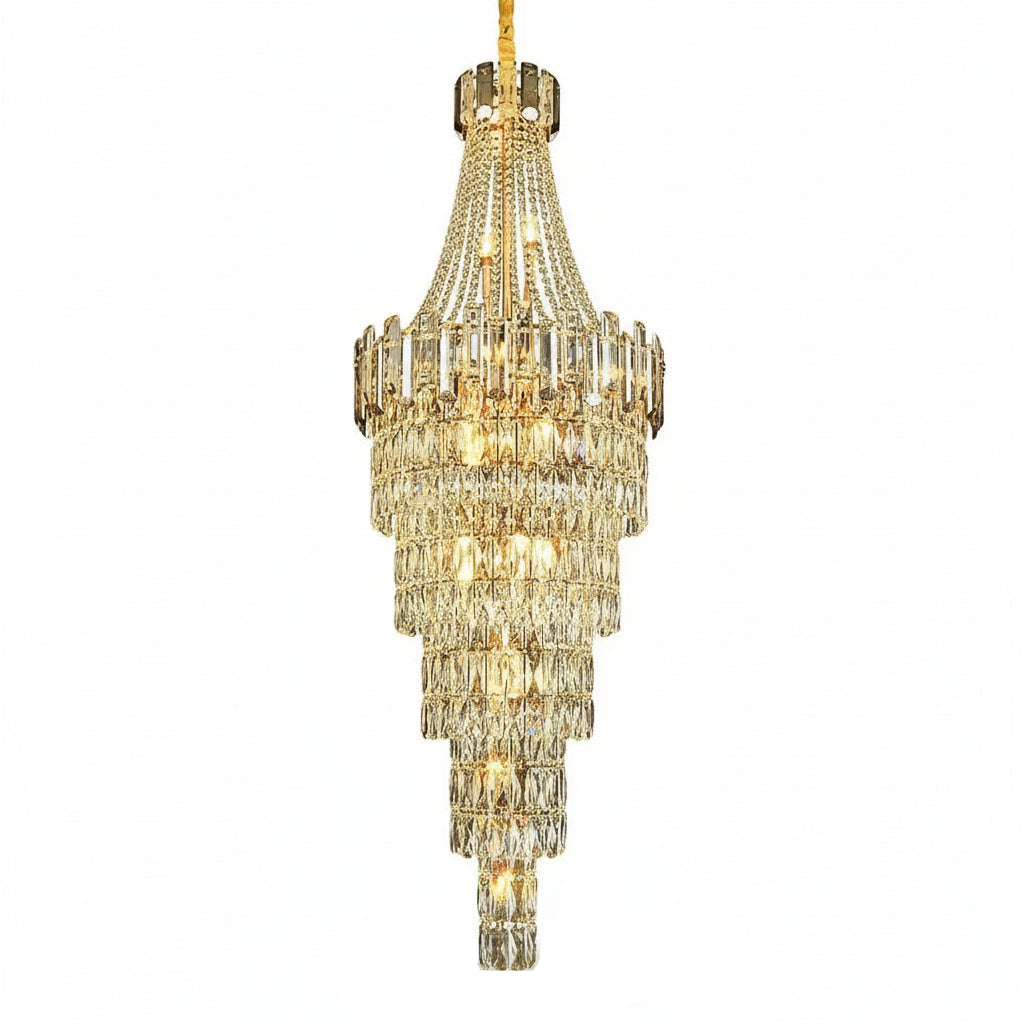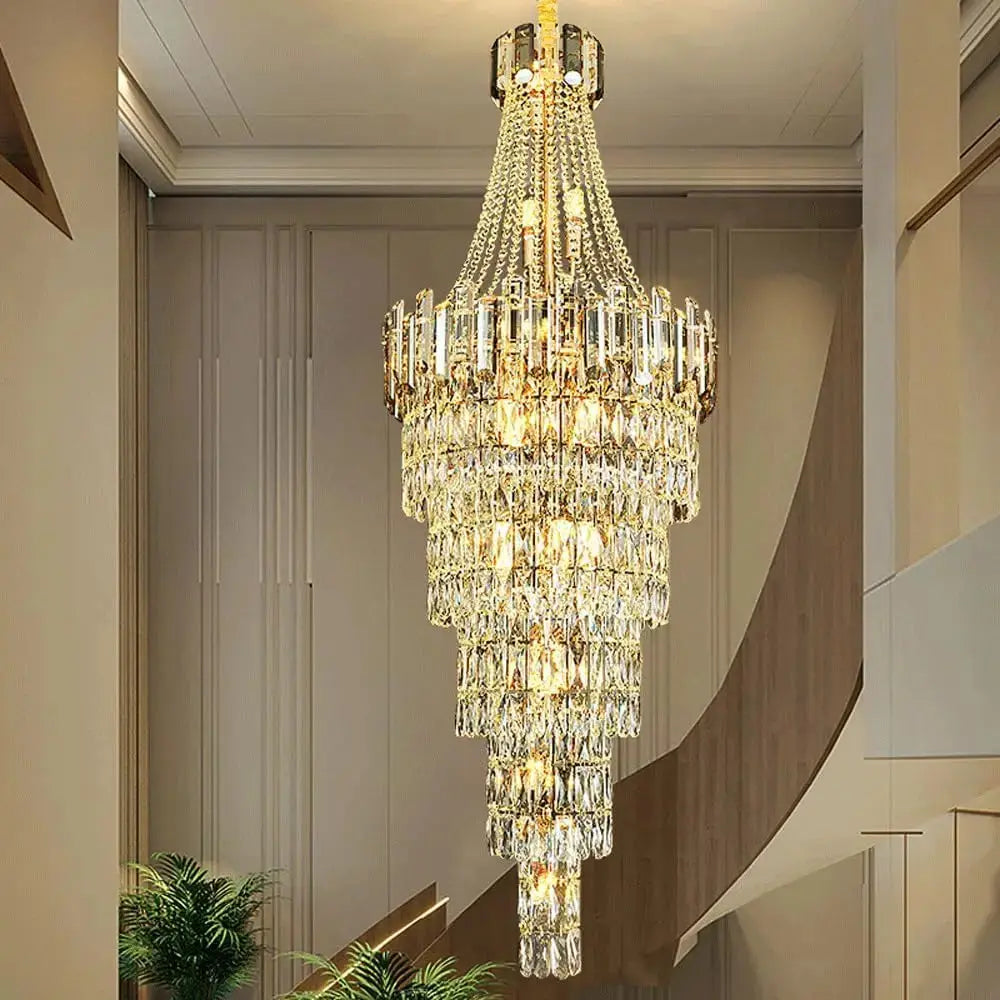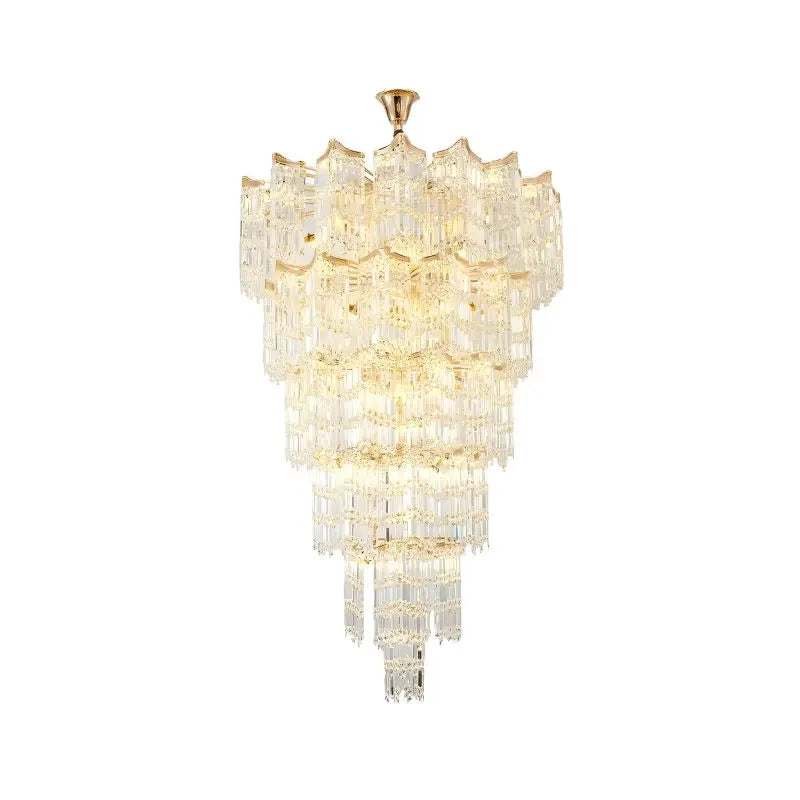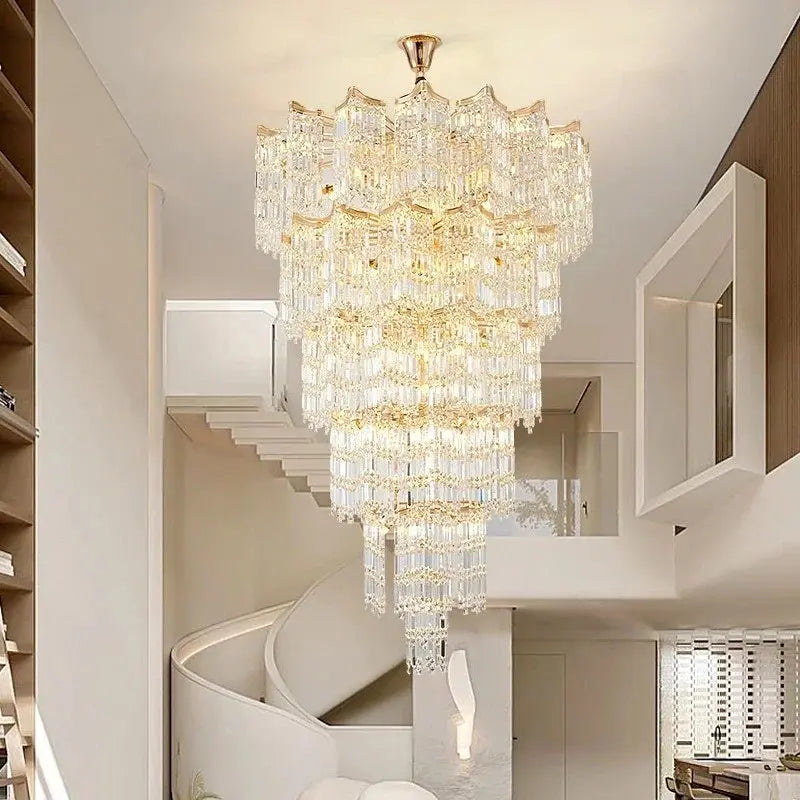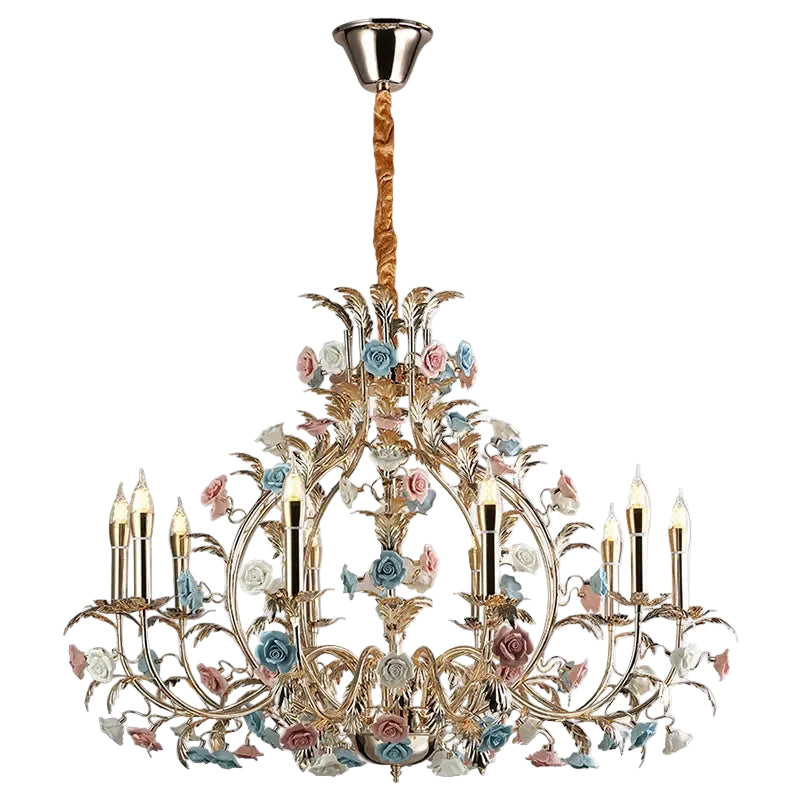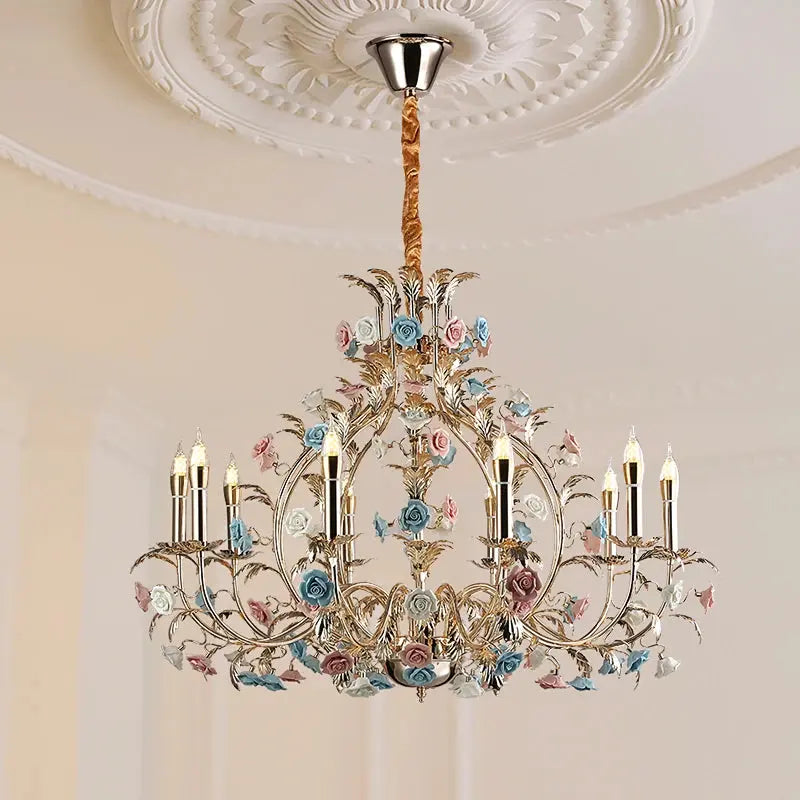Bringing plants into your home can really change a space. They add life, color, and a nice, calming vibe. But with so many different kinds out there, picking the right plant for home decor can feel a bit tricky. Don't worry, this guide will walk you through everything you need to think about to find the perfect green friend for your place. We'll cover light, care, size, and even how to match plants to your style. Let's get started!
Key Takeaways
- Always check your home's light first; some plants need lots of sun, others are fine in dim spots.
- Be honest about your plant care experience – start with easy plants if you're new to this.
- Think about how big the plant will get and if it fits your space before you buy it.
- Understand how much water a plant needs; some are super thirsty, others can go a while without a drink.
- If you have pets or kids, pick non-toxic plants to keep everyone safe.
Assessing Your Home's Light Conditions
Before you even think about bringing a plant home, you gotta figure out what kind of light you're working with. It's not just about whether a room seems bright or dark to you. Plants have very specific needs, and understanding those needs is the first step to keeping them happy and thriving. I learned this the hard way after killing a few succulents because I thought they'd be fine in a dimly lit corner. Nope!
Bright Direct Light for Sun-Loving Plants
Okay, so what exactly is "bright direct light"? This means your plant needs at least six hours of direct sunlight per day. Think south-facing windows, especially during the summer. If you've got a spot where the sun's rays are beaming straight in, that's probably it. Plants that love this kind of light include cacti, succulents, and some flowering plants. If you're not sure, check the plant's tag or do a quick search online. I've found that even if a plant is labeled as "full sun," it might still need some protection during the hottest part of the day, especially in the summer. You might want to consider different types of chandeliers if you don't have enough natural light.
Bright Indirect Light for Popular Houseplants
This is where most popular houseplants thrive. Bright indirect light means the plant is near a window but doesn't get direct sunbeams hitting its leaves. An east-facing window is often ideal, or a south- or west-facing window with a sheer curtain to diffuse the light. Plants like snake plants, ZZ plants, and peace lilies do well in these conditions. I've got a snake plant that's been chilling in my living room for years, and it's still going strong. If you notice the leaves are starting to look pale or scorched, it might be getting too much direct light. On the other hand, if it's not growing much, it might not be getting enough.
Low Light Options for Shady Corners
Don't despair if your home is more cave than greenhouse! There are still plenty of plants that can tolerate low light conditions. These plants don't need a lot of sunlight to survive, making them perfect for apartments with small windows or rooms that don't get much natural light. Plants like cast iron plants, pothos, and some ferns can handle these conditions. Just because they can tolerate low light doesn't mean they can survive in complete darkness. Even low-light plants need some light to photosynthesize. If you're not sure if a spot is bright enough, try using a light meter or just observe the plant closely for any signs of stress. Remember to check the lighting conditions for your plants.
Matching Plants to Your Care Experience
Choosing plants isn't just about looks; it's also about how much time and effort you're willing to put in. Some plants are super chill and can handle a bit of neglect, while others need constant attention. Let's figure out what kind of plant parent you are!
Beginner-Friendly Plant for Home Decor
Okay, so you're new to this whole plant thing? No worries! There are tons of plants that are practically indestructible. These guys are perfect if you tend to forget watering schedules or travel a lot. Think of them as the low-maintenance friends you can always count on. Here are a few top picks:
- Snake Plant (Sansevieria): Seriously, you almost have to try to kill this one. It tolerates low light and infrequent watering.
- ZZ Plant (Zamioculcas zamiifolia): Another tough cookie that thrives on neglect. It can handle low light and drought conditions like a champ.
- Pothos (Epipremnum aureum): This trailing vine is super easy to propagate and doesn't mind if you miss a watering or two. Plus, it looks great in hanging baskets.
Starting with easy-care plants is a great way to build confidence and learn the basics of plant care. Don't be afraid to experiment and see what works best for you. You'll be surprised at how quickly you pick things up.
Intermediate Plant Care for Growing Skills
Alright, so you've kept a few plants alive and you're ready for a bit more of a challenge? Awesome! These plants require a little more attention, but they're still manageable for someone with some experience. You'll need to pay closer attention to their watering needs and light requirements, but the payoff is worth it. Consider these:
- Peace Lily (Spathiphyllum): These beauties will dramatically droop when they need water, so they're pretty good at telling you what they want. They also like bright, indirect light.
- Monstera Deliciosa: The iconic split-leaf philodendron is relatively easy to care for, but it does need consistent watering and bright, indirect light to thrive. Plus, they can get pretty big, which is cool.
- Spider Plant (Chlorophytum comosum): These guys are easy to propagate and produce little "spiderettes" that you can pot up and share with friends. They like bright, indirect light and well-draining soil.
Advanced Plant Care for Green Thumbs
Okay, plant pro! You're ready for the big leagues. These plants require a lot of attention, specific conditions, and a whole lot of love. If you're up for the challenge, you'll be rewarded with some seriously stunning plants. Just be prepared to do your research and put in the work. If you want to improve air quality at home, these plants are a great choice.
- Orchids (Various): These elegant flowers require specific watering techniques, humidity levels, and light conditions. They're not for the faint of heart, but the blooms are absolutely gorgeous.
- Fiddle Leaf Fig (Ficus lyrata): These trendy trees are notoriously finicky. They need bright, indirect light, consistent watering, and a stable environment. Any sudden changes can cause them to drop their leaves.
- Calathea (Various): These plants are known for their beautiful, patterned leaves, but they can be a bit demanding. They need high humidity, consistent watering, and filtered light. They're also sensitive to tap water, so you might need to use distilled water.
Considering Plant Size and Space
It's easy to get caught up in the beauty of a plant without thinking about where it will actually go in your home. Considering the size of your space is key to creating a harmonious and functional environment. You don't want a plant that overwhelms a small room or gets lost in a large one. Think about both the current size of the plant and how big it might get in the future. That cute little succulent might stay small, but that Fiddle Leaf Fig could eventually need a whole corner to itself!
Compact Plants for Small Spaces
If you're working with limited square footage, compact plants are your best friend. These plants won't take up too much room and can thrive in smaller areas. Here are a few ideas:
- Air Plants (Tillandsia): These quirky plants don't even need soil! They can be displayed in small terrariums or hung from the ceiling.
- Small succulents: Easy to care for and come in a variety of shapes and colors.
- Peperomias: These plants have interesting foliage and stay relatively small.
These plants are perfect for desktops, shelves, or small apartments where space is at a premium.
Medium-Sized Plants for Versatile Decor
Medium-sized plants offer a great balance – they're big enough to make a statement but not so large that they dominate a room. They can be used in a variety of ways to add greenery and life to your home. Consider these options:
- Peace Lilies (Spathiphyllum): These elegant plants have beautiful white flowers and can tolerate low light conditions.
- Philodendrons: A classic choice with a variety of leaf shapes and sizes.
- Snake Plants: Known for their air-purifying qualities and easy care.
Medium-sized plants are incredibly versatile. They can be placed on plant stands, used as table centerpieces, or grouped together to create a mini indoor jungle.
Large Statement Plants for Impact
If you have the space, large statement plants can create a dramatic focal point in your home. These plants command attention and can transform a room into a lush, green oasis. Here are some options to consider:
- Rubber Trees (Ficus elastica): These plants have glossy, dark green leaves and can grow quite tall.
- Bird of Paradise (Strelitzia nicolai): These tropical plants have large, banana-like leaves and can produce stunning flowers.
- Areca Palm: With its feathery fronds, adds a tropical touch to any room.
Large plants are ideal for living rooms, entryways, or offices with ample space. Just make sure you have enough light and can handle the watering requirements!
Understanding Watering Requirements

Watering can be tricky. Some people underwater, some overwater. It's a balancing act, and getting it right is key to keeping your plants happy and thriving. Different plants have wildly different needs, so it's not a one-size-fits-all situation. You really need to know what each plant likes.
Thirsty Plants for Consistent Care
These plants are the drama queens of the plant world. They'll let you know they're thirsty, usually by dramatically drooping. Consistent moisture is what they crave, so you'll need to be on top of your watering game. Think of them as pets that need regular attention. If you're the type who enjoys a daily routine, these might be perfect for you. Just be careful not to overwater, even though they like moisture. Root rot is a real danger.
Low-Maintenance Plants for Busy Lifestyles
If you're always on the go or tend to forget about watering, these are your best friends. These plants are drought-tolerant and can handle a bit of neglect. They store water in their leaves or stems, so they don't need to be watered as often. Succulents and cacti are classic examples. They're perfect for adding some green to your space without demanding too much of your time. Just remember, even these guys need water eventually! For example, you can use LED garden spot lights to highlight them.
Tools for Precise Watering
Getting the watering just right can be tough, but there are tools that can help. Moisture meters are great for checking the soil's moisture level before you water. Watering cans with long spouts are perfect for getting water right to the base of the plant without wetting the leaves. And self-watering planters can be a lifesaver if you travel a lot or tend to forget. Here's a quick rundown:
- Moisture Meter: Checks soil moisture.
- Watering Can (Long Spout): Directs water to the base.
- Self-Watering Planters: Automatic watering system.
Understanding your plant's specific watering needs is super important. Overwatering is a common mistake that can lead to root rot and other problems. Always check the soil before watering, and adjust your watering schedule based on the plant's needs and the environmental conditions in your home.
Prioritizing Pet and Child Safety
It's super important to think about your furry friends and little ones when you're bringing plants into your home. Some plants can be harmful if ingested, so it's best to do your homework before you buy. Let's explore how to create a safe and beautiful indoor garden for everyone.
Safe and Non-Toxic Plant for Home Decor
Choosing non-toxic plants is the easiest way to ensure a safe environment. There are plenty of beautiful options that won't pose a threat if your pet or child decides to take a nibble. Some popular choices include spider plants, Boston ferns, and African violets. Calathea and parlor palms are also great choices. These plants add greenery without the worry. It's always a good idea to double-check a plant's safety before bringing it home, just to be sure. You can also consider air purification properties of some plants, which can help remove toxins.
Toxic Plants to Avoid with Pets and Children
Certain plants are definitely off-limits if you have pets or kids. Lilies, for example, are highly toxic to cats. Dieffenbachia and some philodendrons can also cause problems if ingested. It's not worth the risk, so it's best to steer clear of these. Always research a plant's toxicity before bringing it into your home. Better safe than sorry!
Creating a Safe Indoor Garden
Even if you have some potentially toxic plants, you can still create a safe indoor garden. Here are a few tips:
- Keep toxic plants out of reach: Place them on high shelves or hanging baskets where pets and children can't get to them.
- Use barriers: Consider using plant stands or decorative screens to create a physical barrier around certain plants.
- Educate your children: Teach them not to touch or eat plants without your permission.
If you suspect your pet or child has ingested a toxic plant, contact your veterinarian or poison control center immediately. Quick action can make a big difference.
It's also a good idea to check how pet-friendly the plants you have are.
Matching Your Aesthetic and Decor Style

Plants aren't just about adding greenery; they're about complementing your personal style. Think of them as living art that can tie a room together. It's like choosing the right decor for every mood – you want something that feels right and looks good.
Modern Minimalist Plant for Home Decor
For a modern, minimalist space, you want plants with clean lines and simple shapes. Think sculptural plants that make a statement without being fussy. A snake plant is a great choice; they're super easy to care for and have a sleek, upright form. ZZ plants are another good option. They have a similar vibe and can tolerate low light conditions. Basically, anything that looks like it belongs in a museum of modern art will work.
Bohemian Plant for Home Decor
Bohemian decor is all about mixing textures, patterns, and colors. When it comes to plants, think trailing vines and lush foliage. Pothos are perfect for this style, especially when hung in macrame planters. String of pearls adds a whimsical touch, and ferns bring in that natural, earthy feel. Don't be afraid to mix and match different interior design styles to create a layered, eclectic look.
Traditional Plant for Home Decor
Traditional decor often calls for classic, timeless plants. Peace lilies are a great choice; they have elegant white flowers and lush green leaves. Ferns also work well, bringing a touch of the outdoors inside. You could also consider a fiddle leaf fig, but be warned, they can be a bit finicky. The key is to choose plants that feel refined and sophisticated, adding to the home aesthetic without being too trendy.
Choosing plants that complement your home's style is a great way to create a cohesive and inviting space. Consider the overall vibe you're going for and select plants that enhance that aesthetic. It's all about creating a space that feels like you.
Assessing Maintenance and Time Commitment
Choosing the right plant isn't just about looks; it's also about how much time you're willing to spend caring for it. Some plants thrive on neglect, while others demand constant attention. Consider your lifestyle and honestly assess how much time you can dedicate to plant care. This will help you select plants that will flourish in your home without becoming a burden.
Low Maintenance Plant for Home Decor
These plants are perfect for busy individuals or those new to plant care. They generally require less frequent watering and are more forgiving of neglect. Think of them as the 'set it and forget it' options of the plant world. Some popular choices include snake plants, ZZ plants, and pothos. They can tolerate a range of light conditions and don't need constant fertilizing. If you're looking for sustainable interior design, these plants are a great starting point, as they're resilient and long-lasting.
Moderate Maintenance Plant for Home Decor
These plants need a bit more attention than the low-maintenance varieties, but they're still manageable for most people. They might require more specific light conditions, regular watering schedules, and occasional fertilizing. Examples include peace lilies, ferns, and calatheas. You'll need to monitor their soil moisture and be attentive to their needs, but the reward is often beautiful foliage and even blooms. It's a good idea to check the plant's specific needs when you first get it.
High Maintenance Plant for Home Decor
These plants are for the dedicated plant parent who enjoys spending time tending to their green companions. They often require very specific conditions, such as high humidity, bright indirect light, and regular fertilizing. Orchids, fiddle-leaf figs, and some types of ferns fall into this category. These plants can be challenging, but the satisfaction of seeing them thrive is immense.
Choosing a high-maintenance plant is like adopting a pet; it requires a significant commitment of time and energy. Be prepared to research their specific needs and provide consistent care. If you're up for the challenge, the beauty and uniqueness of these plants can be a stunning addition to your home decor.
Wrapping It Up: Your Plant Journey Starts Now!
So, there you have it. Picking the right plant for your home doesn't have to be a big mystery. Just think about your space, how much time you've got, and what kind of vibe you're going for. Every plant is different, and that's cool. Whether you're just starting out or you've got a house full of green friends, there's always something new to learn. Don't be afraid to try things out. Your home will feel so much better with some green in it, and you'll probably feel pretty good too. Happy planting!
Frequently Asked Questions
How do I know if my home has enough light for plants?
To figure out if your home gets enough light for plants, pay attention to the natural light in your rooms throughout the day. South-facing windows usually get the most sun, while north-facing ones are shadier. You can also use a light meter app on your phone for more exact measurements.
What are some good plants for beginners?
Some great plants for beginners include Pothos, Snake Plants, ZZ Plants, Spider Plants, and Succulents. These plants are generally easy to care for and can handle different conditions.
How often should I water my houseplants?
How often you water depends on the type of plant, pot size, how much light it gets, and how humid your home is. It's usually better to water too little than too much. Always check if the soil is dry before watering again, and make sure the pot can drain well to stop roots from rotting.
What plants are safe for homes with pets or children?
If you have pets or kids, pick plants that aren't harmful if eaten. Some safe choices include Spider Plants, Boston Ferns, African Violets, and Prayer Plants. Always double-check if a plant is safe before bringing it home.
How do I pick the best plant for my home?
The best plant for your home depends on a few things: how much light your space gets, how much time you have for care, and what style you like. Think about these things first, then choose a plant that fits your lifestyle and home decor.
Can plants really help clean the air in my house?
Yes, plants can really help clean the air in your home by taking in bad stuff and releasing fresh oxygen. Some of the best air-cleaning plants are Snake Plants, Peace Lilies, and Spider Plants.


